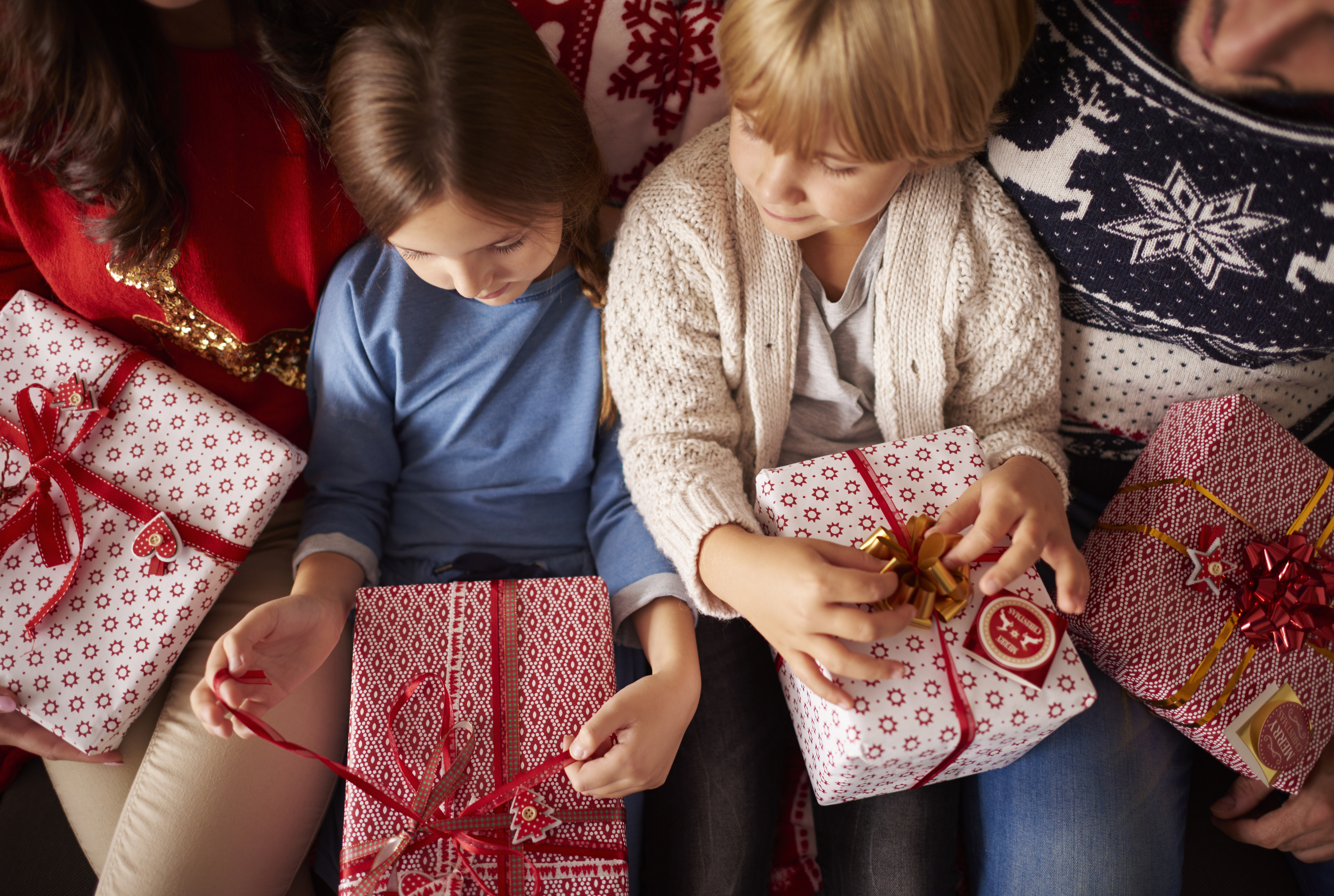
BOYS are almost three times as likely as girls to receive science and maths toys this Christmas, the Institution of Engineering and Technology has said.
The IET found that 31% of science, technology, engineering and maths (Stem) toys were listed for boys, compared with 11% listed for girls, after analysing 360 toys and images across the top 10 retailer websites as well as 594 search engine results.
Using the search terms “boys’ toys” and “girls’ toys”, the study also found that 89% of toys listed for girls were pink compared with 1% for boys.
The report said Google, Yahoo, Bing and Amazon stood out as the “main culprits” for the high numbers of pink toys listed under “girls’ toys”.
The IET warned that societal stereotypes driving the gendered gift lists could be turning young girls away from careers in technology and engineering.
It said that while the onus was on parents to “think outside the pink and blue boxes” when shopping for their children, toy retailers and search engines also had a responsibility not to perpetuate gender stereotypes.
Search engines in particular could look at introducing ways of detecting patterns of gender bias, the charity said.
The latest figures from the IET’s 2016 Skills and Demand in Industry survey show that women account for just 9% of engineers in the UK.
However separate IET research conducted with parents and children found that 39% of primary school girls said they enjoy ICT and computing, 38% enjoy maths and 36% like science.
The same study found just 7% of parents think that engineering would appeal to their daughter as a career.
IET spokeswoman Mamta Singhal said: “The research shows girls clearly do have an interest in science, technology and engineering subjects at school so we need to find ways to help this to translate into a higher number of women entering the industry.
“The toy industry is changing slowly and over the years more gender neutral toys such as science kits have started appearing. Toys can really influence what a child does in later years. Therefore Stem toys are a natural move for the industry.”
Jess Day, from the campaign Let Toys Be Toys, said: “We previously asked women engineers and scientists about the toys they played with as children and the most interesting finding was, not that they all played with construction or science toys, but they didn’t recall being aware of a distinction between girls and boys toys at all.
“It’s not just the toys which are the issue, but the whole idea that some things are just for boys or girls. If children learn that early, it’s hardly surprising that they go on to apply this logic to their career choices too.”
British Toy and Hobby Association spokeswoman Natasha Crookes said: “We all agree that we should be as ambitious to get girls into science as we are boys, but the solution is not a ‘one size fits all’.
“If the price of getting more girls into science and engineering is to make some of the toys more ‘girly’ and sold in a pink box, let’s swallow our pride and do that. Fact: girls are as good at maths and engineering as boys, they just need their interest to be kindled in the first place.
“Many science kits are gender neutral and these work well for children who are already attracted to science. However, there are children that ‘don’t like’ science, or haven’t discovered their interest yet, but may have an interest if packaged in a more gender biased playset – the gendered science kits may appeal to these children more and attract them into ‘giving it a go’.”
READ MORE
Parents urged to talk about social media with their children ahead of ‘most shared Christmas ever’

Enjoy the convenience of having The Sunday Post delivered as a digital ePaper straight to your smartphone, tablet or computer.
Subscribe for only £5.49 a month and enjoy all the benefits of the printed paper as a digital replica.
Subscribe